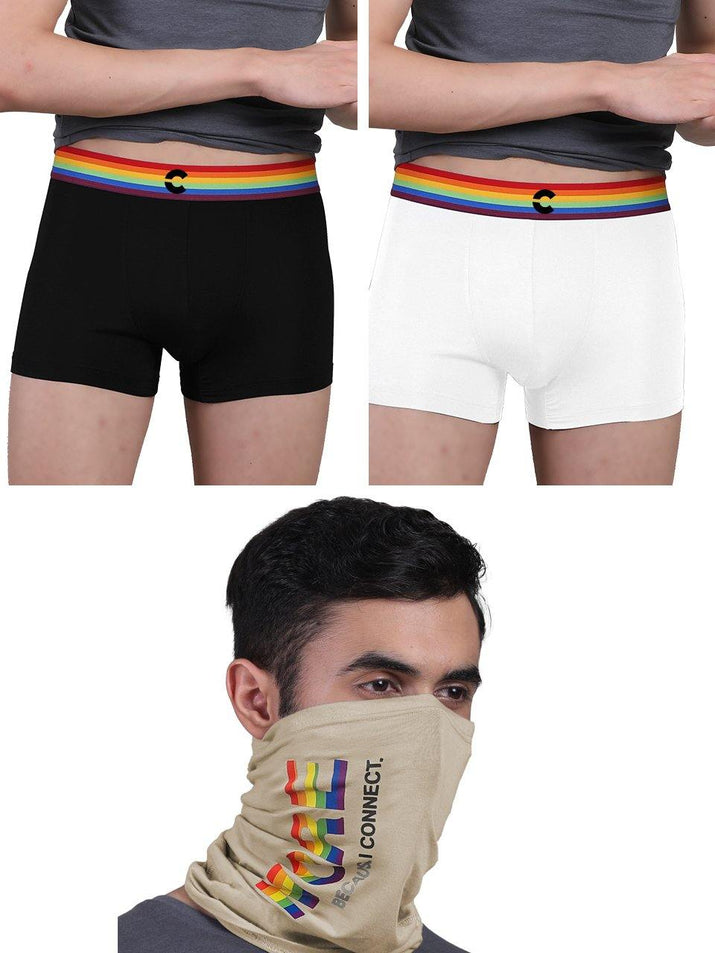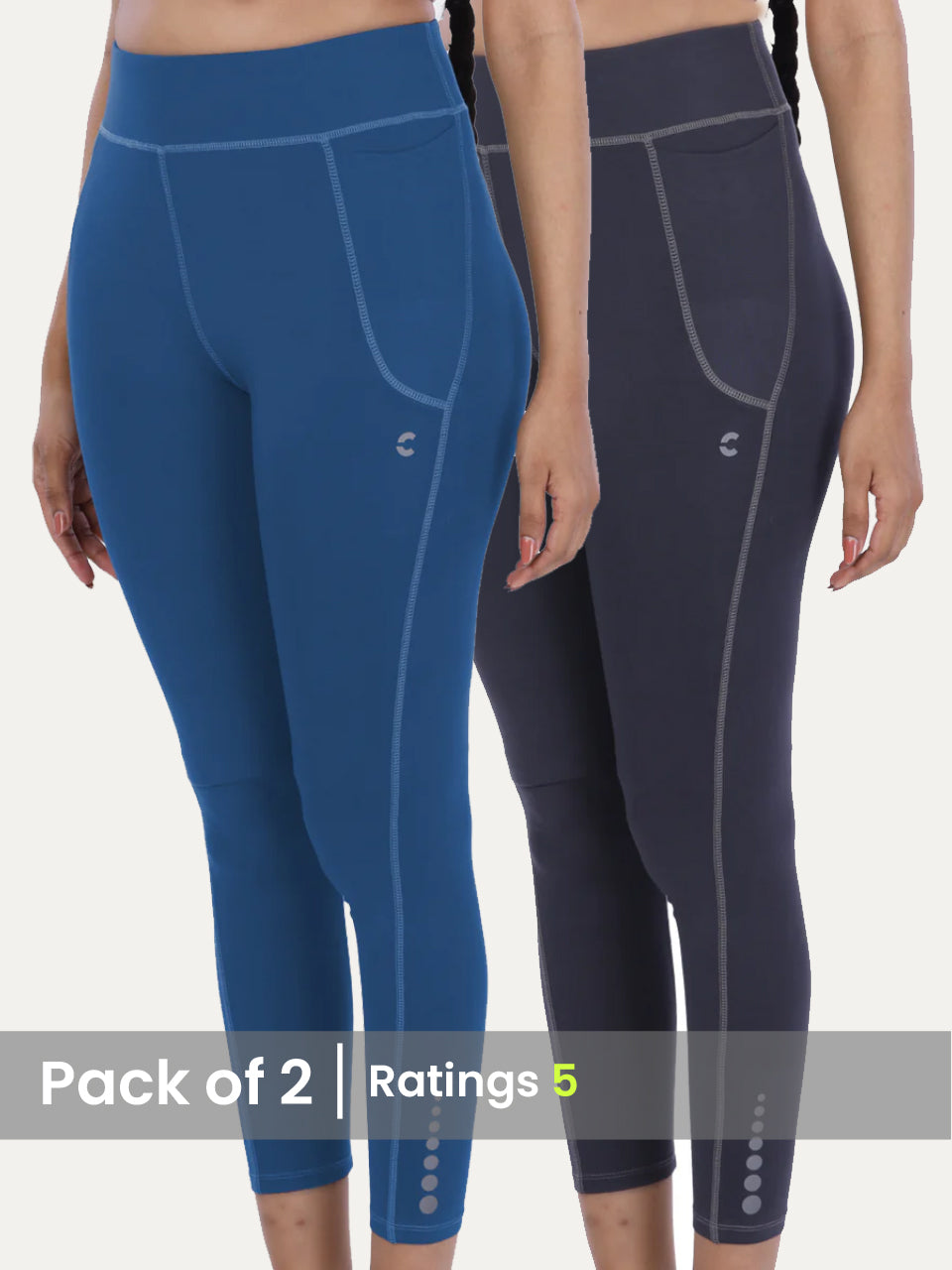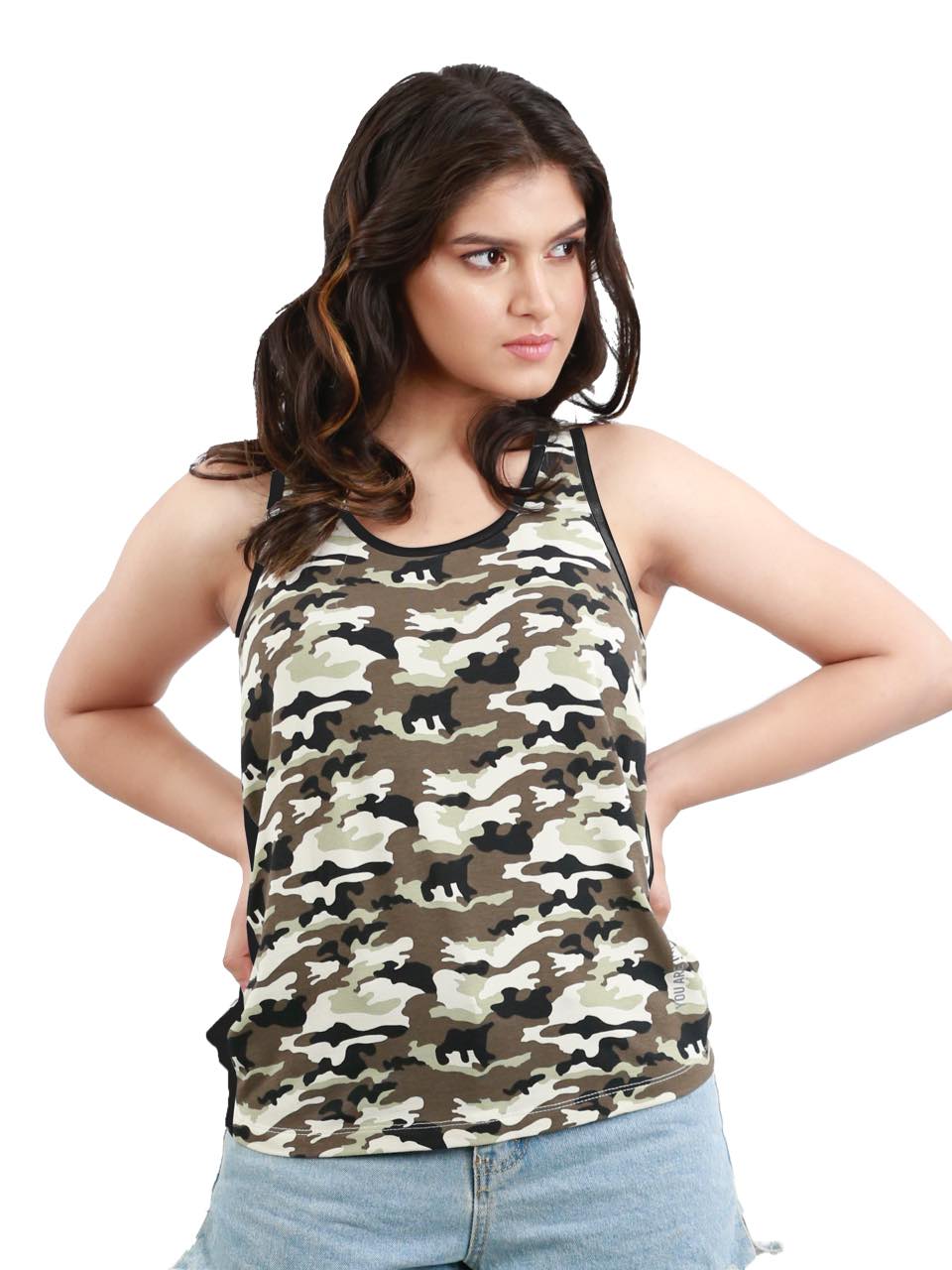More than a mere square of patterned fabric, the bandana stands as an iconic accessory, seamlessly bridging utility and high fashion. Historically indispensable for cowboys protecting against dust or railway workers managing sweat, its humble origins belie its profound cultural resonance. Today, the bandana experiences a vibrant resurgence, gracing runways as a sophisticated neckerchief or transforming into a street-style staple when tied as a headwrap or wrist accent. Recent advancements in textile innovation offer sustainable cotton and silk blends, alongside intricate digital printing techniques that elevate its classic paisley and novel graphic designs. This enduring ubiquity across diverse subcultures, from vintage enthusiasts to cutting-edge streetwear scenes, solidifies the bandana's unique position as a truly adaptive and expressive element in contemporary personal styling.

The Enduring Legacy: A Brief History of the Bandana
The bandana, a seemingly simple square of cloth, boasts a rich and diverse history that spans continents and centuries. Far from being merely a fashion accessory, its origins are deeply rooted in utility and cultural significance. The term "bandana" itself is believed to derive from the Hindi word "bandhnu" or "bandhana," meaning "to tie" or "to bind," referring to a traditional tie-dyeing technique originating in India. Early examples of these patterned cloths were imported to Europe in the 17th and 18th centuries, quickly gaining popularity for their vibrant designs.
Initially, the bandana served predominantly practical purposes. Sailors used them to protect their necks from sun and wind, while farmers and laborers relied on them to absorb sweat and keep dust out of their faces. In the American West, the iconic cowboy adopted the bandana as an indispensable tool for sun protection, dust filtration during cattle drives. even as an impromptu bandage or signal flag. Its versatility made it a staple for those working outdoors in harsh conditions.
Beyond practicality, the bandana also became a powerful symbol. During the American Revolution, George Washington himself was known to wear a bandana, often featuring patriotic designs, making it an early emblem of national identity. Later, it was adopted by various social and political movements. For instance, the red bandana became a symbol of workers' rights and radical movements in the early 20th century. During World War II, "Rosie the Riveter" famously donned a red polka-dot bandana, transforming it into an iconic symbol of female empowerment and contributions to the war effort. This evolution highlights how the bandana transcended its functional roots to become a canvas for identity, solidarity. cultural expression.
Understanding the Bandana: Materials, Size. Design
While deceptively simple, the anatomy of a bandana contributes significantly to its widespread appeal and functionality. Understanding its core components helps appreciate its versatility.
- Material Traditionally, bandanas are made from 100% cotton. Cotton is favored for its breathability, absorbency, softness. durability, making it ideal for various practical applications. But, modern bandanas can also be found in other materials such as silk (for a more luxurious feel and drape), polyester blends (for quick-drying and wrinkle-resistance), or even linen.
- Standard Size The most common and recognizable size for a bandana is approximately 22x22 inches (about 56x56 cm). This square dimension is crucial as it allows for a multitude of folding and tying techniques, from a simple neckerchief to a headwrap or a face covering. While variations exist, this standard size ensures maximum versatility for the bandana.
- Design and Pattern The paisley pattern is perhaps the most iconic design associated with the bandana. Originating in Persia and India, the paisley motif became widely popular in the West during the 19th century. Its intricate, teardrop-like design is instantly recognizable and has become synonymous with the classic bandana. Beyond paisley, bandanas come in an endless array of patterns, including solid colors, polka dots, stripes, checks, camouflage. custom prints featuring logos, artwork, or cultural symbols. The choice of pattern often reflects personal style, cultural affiliation, or the intended use of the bandana.
- Construction A well-made bandana typically features neatly hemmed edges, preventing fraying and ensuring durability. The quality of the stitching contributes to the overall longevity of the bandana, allowing it to withstand repeated washing and use.
These fundamental characteristics are what make the bandana such a robust and adaptable accessory, capable of serving both practical and aesthetic roles effectively.
The Bandana as a Functional Workhorse: Real-World Applications
Beyond its fashion appeal, the bandana truly shines as a multi-functional accessory, proving its worth in countless real-world scenarios. Its simple design belies a remarkable utility that has made it an indispensable item for adventurers, workers. everyday individuals alike.
- Sun and Sweat Protection One of the primary functional uses of a bandana is protection from the elements. Worn as a headband, it effectively absorbs sweat during physical activity, keeping it out of the eyes. As a neckerchief, it shields the sensitive skin of the neck from harmful UV rays, preventing sunburn. This makes the bandana a favorite among hikers, cyclists, gardeners. construction workers.
- Dust and Particle Filter In dusty environments, such as construction sites, deserts, or during outdoor clean-up, a bandana can be folded and tied over the nose and mouth to act as a basic filter against inhaled dust, sand, or other airborne particles. While not a substitute for medical-grade masks, it offers a practical first line of defense.
- Hair Management For those with long hair, a bandana serves as an excellent tool for keeping hair out of the face during work, exercise, or cooking. It can be tied as a hair tie, a full headwrap, or a simple headband, offering both control and a touch of style.
- Makeshift First Aid In emergency situations, a clean bandana can be surprisingly useful. It can be folded into a pressure bandage to help stop bleeding, used as a makeshift sling for a sprained arm, or even as a tourniquet in extreme circumstances (though proper medical training is essential for the latter). Its clean, absorbent nature makes it a valuable addition to any emergency kit.
- Signaling and Identification Historically. even in some outdoor activities today, the color or pattern of a bandana can serve as a form of non-verbal communication. For instance, in hiking groups, a specific color bandana might denote a team leader or a designated role. In historical contexts, different colored bandanas were used by various groups for identification.
- Grip Enhancement A bandana can be wrapped around tool handles or sports equipment to provide a better grip, absorb moisture. prevent blisters.
These examples illustrate how the bandana, through its simple design and robust material, remains a highly practical and adaptable item in a diverse range of situations, from daily chores to survival scenarios.
The Bandana as a Fashion Statement: Styling and Cultural Impact
Beyond its functional utility, the bandana has cemented its place as a timeless fashion accessory, capable of transforming an outfit and conveying a distinct aesthetic. Its versatility in styling has allowed it to transcend eras and adapt to diverse fashion trends, making it a perennial favorite.
- Neck Tie The most classic way to wear a bandana is around the neck. It can be folded into a narrow strip and tied in a simple knot at the front, side, or back, reminiscent of cowboy or rockabilly styles. This adds a touch of casual cool or a pop of color to any shirt or jacket.
- Headband/Headwrap Worn as a headband, a bandana can keep hair back while adding a vintage or bohemian flair. As a full headwrap, it offers a more dramatic statement, often associated with retro looks, hip-hop culture, or practical hair coverage.
- Wrist Wrap Tying a bandana around the wrist adds a subtle accent, often seen in punk, rock, or casual streetwear styles. It can complement other accessories like watches or bracelets.
- Pocket Square A folded bandana can serve as an unconventional yet stylish pocket square, adding a splash of color or pattern to a blazer or suit jacket, offering a more relaxed alternative to traditional silk squares.
The bandana's adaptability has seen it integrated into countless subcultures and fashion movements, each giving it a unique spin. For instance:
- Workwear and Americana The bandana remains a staple in workwear-inspired fashion, echoing its utilitarian roots. Paired with denim, flannel. rugged boots, it completes a look that speaks to durability and classic American style.
- Rock and Roll/Punk From the rebellious spirit of rock 'n' roll icons to the anti-establishment ethos of punk, the bandana has been a symbol of edgy individuality. Worn on the head, wrist, or tied to a microphone stand, it conveys a raw, unpolished coolness.
- Hip-Hop Culture In hip-hop, the bandana, particularly in specific colors and patterns, became an iconic accessory, often worn as a durag or headwrap. It signifies street credibility, crew affiliation. a distinctive urban aesthetic.
- Bohemian and Festival Wear With its free-spirited vibe, the bandana is a natural fit for bohemian and festival fashion. It can be woven into braids, tied around a messy bun, or worn as a loose headscarf, enhancing a laid-back, artistic look.
- Accessory Embellishment Beyond personal wear, the bandana is often used to accessorize bags, tying it around a handle to add a splash of color or a personalized touch. It can also be incorporated into clothing, used as a belt, or even sewn onto garments as patches.
- Pet Accessories The trend of dressing pets has also embraced the bandana, with many owners tying scaled-down versions around their dogs' or cats' necks, adding a charming and often humorous touch.
The bandana's journey from a utilitarian cloth to a global fashion icon underscores its timeless appeal. Its ability to be both practical and profoundly stylish ensures its continued relevance in the ever-evolving landscape of fashion.
Selecting and Maintaining Your Bandana: Tips for Longevity
To fully enjoy the classic charm and functional versatility of a bandana, understanding how to select the right one and care for it properly is essential. A well-chosen and maintained bandana can last for years, becoming a cherished part of your wardrobe or a reliable tool for various tasks.
- Material Matters For everyday utility and comfort, 100% cotton is generally the best choice due to its breathability, absorbency. softness. If you're seeking a more luxurious feel or a specific drape for fashion purposes, consider silk. Polyester blends might be suitable for quick-drying needs, such as intense sports or outdoor activities where quick evaporation is key.
- Size Considerations While 22x22 inches is standard, smaller or larger bandanas exist. Consider your intended use: a standard size is ideal for most tying techniques, while a larger one might be better for full headwraps or more substantial coverage.
- Pattern and Color This is where personal preference comes into play. Classic paisley remains timeless. don't hesitate to explore solid colors, stripes, or unique prints that resonate with your style. Consider how the bandana's color and pattern will complement your existing wardrobe or serve its intended purpose (e. g. , a bright color for signaling, a subtle one for a professional look).
- Quality of Construction Examine the edges of the bandana. Well-hemmed edges indicate better quality and will prevent fraying over time, ensuring the bandana maintains its shape and integrity after repeated use and washes.
Proper care will significantly extend the life of your bandana, keeping it vibrant and functional. While always check the care label, here are general guidelines:
- Washing Most cotton bandanas can be machine washed in cold or warm water with similar colors. Using a gentle cycle can help preserve the fabric and print. For silk bandanas, hand washing with a mild detergent in cold water is recommended to protect the delicate fibers.
- Detergent Use a mild, color-safe detergent, especially for brightly colored or printed bandanas, to prevent fading.
- Drying Air drying is often the best method for bandanas. Hang them or lay them flat to dry to prevent shrinkage and maintain their shape. If using a dryer, tumble dry on a low heat setting. Avoid high heat, which can damage fibers and cause colors to fade.
- Ironing If your bandana becomes wrinkled, it can usually be ironed on a medium heat setting. For cotton, a steam iron works well. For silk, use a low setting and consider ironing on the reverse side.
- Storage Store your bandanas folded or rolled to prevent unnecessary creasing. Keeping them in a clean, dry place will also help maintain their freshness.
By following these simple guidelines, your bandana will not only remain a practical and stylish accessory but also endure as a testament to its timeless appeal and enduring utility.
Conclusion
The humble bandana, often overlooked, truly embodies the perfect blend of timeless charm and practical utility. Instead of relegating it to dusty drawers, challenge yourself to integrate this versatile accessory. I personally found a vibrant paisley bandana indispensable during a recent summer festival, not just as a stylish headwrap but also as a quick sweatband when the sun beat down. Its resurgence in streetwear and even minimalist fashion underscores its adaptability, proving it’s more than a relic; it’s a canvas for personal expression. This simple square of fabric offers an unparalleled opportunity to inject personality into an outfit or tackle unexpected needs, making it an essential, affordable hack for any wardrobe. So, grab a bandana, experiment fearlessly. let this classic accessory elevate your everyday style and readiness. It’s time to unleash its full potential.More Articles
Men's T-Shirt – Classic Style & Premium SoftnessWomen's Tank Top – Lightweight Feel & Active Performance
Inner Wear – Ultimate Comfort & Seamless Fit
Men's T-Shirt – Everyday Comfort & Effortless Versatility
Tank Top for Women – Versatile Layering & Ultimate Breathability
FAQs
What exactly is a bandana?
It's essentially a square piece of cloth, often made of cotton and featuring a classic pattern like paisley. Bandanas are super versatile and are worn for style, protection, or even practical purposes.
How can I wear or use a bandana?
Oh, there are so many ways! You can tie it around your neck, head (as a headband or full head covering), wrist, or even use it to accessorize a bag. They're also handy for wiping sweat, as a makeshift face covering, or even as a temporary sling in a pinch.
What materials are bandanas typically made from?
Most traditional bandanas are made from cotton because it's soft, breathable. absorbent. You might also find them in blends or other fabrics like silk for a dressier look. cotton is definitely the most common.
Are bandanas still relevant today, or are they just an old-fashioned thing?
Definitely still relevant! While they have a classic, timeless appeal, bandanas are constantly popping up in modern fashion. They're a great way to add a touch of personality or a pop of color to any outfit, proving their enduring charm.
How do I keep my bandana looking good? (Washing tips)
Good news, they're usually pretty low maintenance! Most cotton bandanas can be machine washed with similar colors in cold water and tumble dried on low. Just check the care label if it's made from a different material to be sure.
Where did bandanas originally come from?
The word 'bandana' comes from the Hindi word 'bandhnu,' which refers to a tie-dyeing method. They've been around for centuries in various forms, used by everyone from sailors and cowboys to farmers and protesters, evolving into the iconic accessory we know today.
Are there different sizes of bandanas, or are they all the same?
While the most common size is about 22x22 inches (56x56 cm), you can find variations. Some might be slightly smaller for wrist ties, or larger 'jumbo' bandanas for more extensive head coverings or specific uses. The classic square is pretty standard though.






